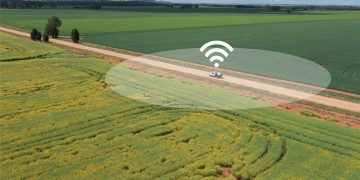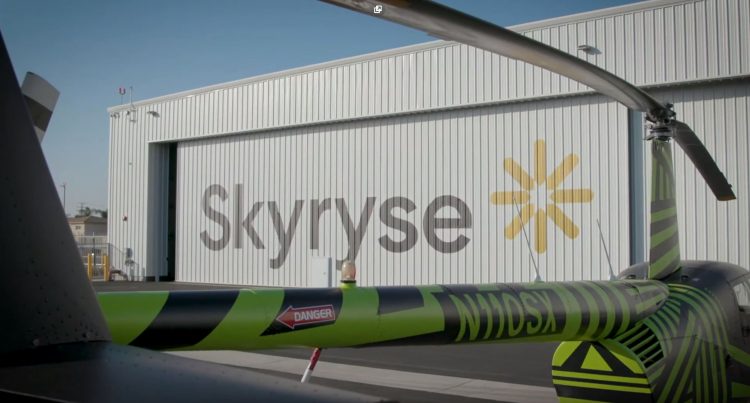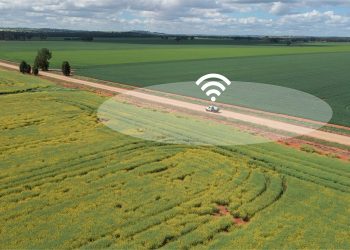Skyryse has unveiled FlightOS, a new flight automation system that can retrofit onto any aircraft to enable anyone to fly as safely as the best pilots on their best day using intuitive controls. The aircraft-agnostic system introduces a new paradigm in flight safety and capabilities through simplified flight control operations.
FlightOS leverages Skyryse’s full flight automation so pilots no longer need to worry about complex flight controls or structural and airframe operating limits. The result is that more people will be able to fly safely in more situations, alleviating a choke point for the many critical organizations that depend on the multi-billion dollar aircraft industry.
“Our goal at Skyryse is to bring aircraft safety and capabilities into the 21st century with advanced technologies that empower every pilot to fly as safely as the most experienced pilots in the world,” said Mark Groden, CEO and founder of Skyryse.
“We want every pilot to learn to fly any aircraft, rotorcraft or fixed wing, and make it as easy as learning to drive. Our system allows the pilot to focus on where they want to go and what they want to do, while our on-board systems handle the aircraft for them. We want to see more men and women in the cockpit, with more capability, and flying safer than ever before.”
For decades, there has been little technological advancement in general aviation. This hits industries like emergency medical response, search and rescue, firefighting and military air support especially hard because they rely on aircraft for high-stakes, time-sensitive missions. Traditionally, military med-evac and firefighting pilots require hundreds of flight-hours training on specialized aircraft.
This has led to limited pilot capacity and global pilot shortages, which in turn cause overburdened multi-crew flights, limited flight capabilities and excessive crew and aircraft fatigue. Additionally, current general aviation technology is limited by poor weather conditions. Low visibility frequently grounds flights, makes pilots’ jobs tougher and increases the risk of a catastrophic outcome for high-risk missions like wildfire containment or military operations.
FlightOS’ automation system solves these problems by empowering pilots to focus on critical tasks and worry less about flight and mission management. FlightOS makes flight controls so simple they can be operated with a touchscreen tablet or joystick, while on-board computers control all aspects of the flight envelope, manage the airframe’s structural and aerodynamic operating limits, and leverage exterior radar and sensors for real-time situational awareness.
The technology can also navigate and traverse difficult flight paths and weather conditions, ensuring safe flight in low or even no visibility.
“One of the biggest challenges next-generation aircraft will face will be the length of time and cost it will take to certify and operate. It won’t be possible to get the large scale usage of these devices for the foreseeable future using existing technology,” said Dan Goldin, the longest-tenured Administrator of NASA and a serial entrepreneur.
“FlightOS isn’t about a specific helicopter or a plane. It’s about a controlled universal system that will make flight safer, less expensive and enable the certification of pilots for less money and in less time.”
FlightOS combines on-board computers and fail-operational flight control automation hardware to power a new class of envelope protection and emergency management. The system constantly monitors the aircraft’s movement, stability, and flight path to ensure flight operations remain within all aspects of the flight envelope capabilities. In addition, the on-board computers can take over in emergency situations, such as engine failure, loss of altitude or an unanticipated landing.

for developers and enthusiasts







